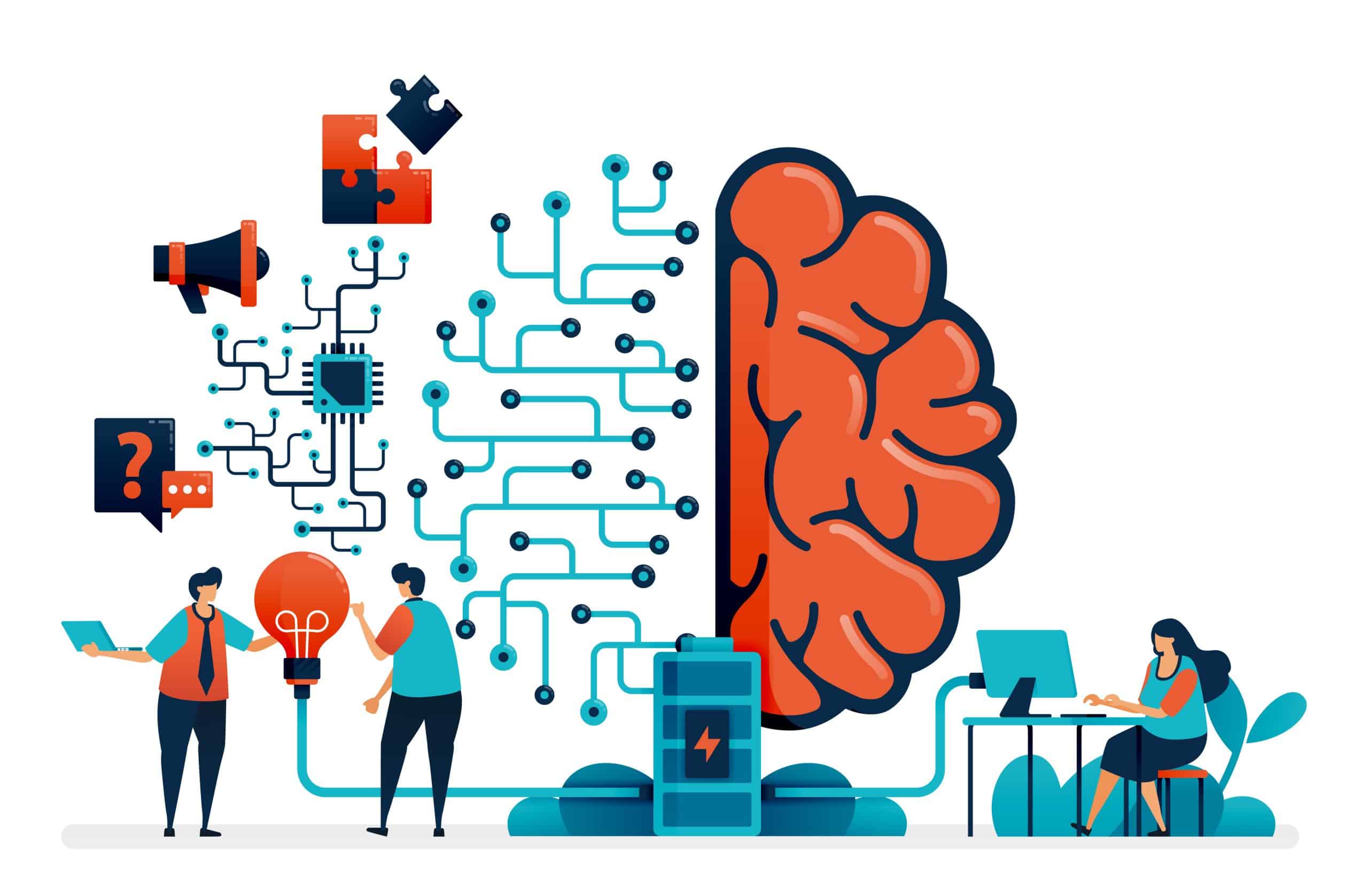- 📊 Personalization is about creating unique, meaningful connections using data insights.
- 🎯 Tailor messaging to consumer’s pain points and goals for effective personalization.
- 🤝 Communicate in a humanized, relatable manner to align with the audience’s journey.
- 🔍 Deeply understanding the target audience’s preferences and behaviors is crucial.
- 📧 Use a mix of data types (behavioral, preference, geographic) to personalize email marketing.
- 🧑💼 Understand both B2B and B2C personas, collecting data to determine emotional and rational attributes.
- ⚙️ Personalization in PR involves forming genuine partnerships and relationships.
- 💡 Focus personalization efforts where they drive the most value—across commerce, content, and loyalty.
- 👟 Put yourself in the audience’s shoes to create resonant and thoughtful marketing strategies.
- 📈 Own data across all touchpoints to build a modern brand based on consumer preferences.
- 🎯 Combine digital intent data with B2B contact data for accurate, effective personalization.
- 🗣️ Maintain a thorough understanding of the customer through ongoing engagement and surveys.
- 📝 Use extra personal details (role, company news, social posts) for more meaningful interactions.
- 💖 Personalization should focus on understanding customer values and motivations.
- 🔍 Share simple truths and insights at the right stage to promote resonance without seeming invasive.
- 💬 Tell authentic, human-centered stories to build lasting consumer loyalty.
- 📋 Create hyper-focused lists of potential clients to send them highly relevant resources and information.
In the ever-evolving landscape of marketing, personalization has become a crucial element for connecting with consumers. As technology advances and customer expectations rise, the need for more personalized interactions becomes paramount. This blog post delves into the key strategies for effective marketing personalization, providing valuable insights to help you resonate with your target audience.
Understanding the Importance of Personalization
Marketing personalization has evolved far beyond the basics of inserting a customer’s name into an email. Today’s personalization requires creating unique, meaningful connections with each customer by leveraging data insights. This approach ensures that marketing materials feel as if they are speaking directly to the individual, making them feel seen and valued.
How to Effectively Personalize Your Marketing
1. Engage on a Personal Level
To personalize effectively, it’s critical to transform data into actionable insights and then into personalized experiences. This involves understanding what your customers want and crafting marketing materials that create a sense of connection. Personalization is more than just targeting; it’s about building relationships that engage on a personal level and resonate with the audience.
2. Tailor Messaging to Pain Points
Understanding the underlying interests, intents, and pain points of your consumers is essential. Tailor your messaging to address these specific needs and goals, providing solutions that directly impact their pain points. This targeted approach can significantly enhance the effectiveness of your personalization efforts.
3. Humanize Your Communication
It’s crucial to communicate like a human, aligning your message with where your prospects are in their journeys. This means using relatable language and addressing their specific challenges and aspirations. Leveraging sales calls and other direct interactions can help gather the exact language and identify the pain points of your target audience.
4. Deeply Understand the Target Audience
Personalization goes beyond the superficial. It involves a deep understanding of individual preferences, behaviors, and experiences. Ask fundamental questions like, “What’s the goal?” Are you aiming to create brand evangelists, “fear of missing out” moments, or exclusivity? Addressing these questions helps craft memorable interactions.
5. Use a Combination of Different Data Types
Effective personalization involves getting the right message to the right person at the right time. Utilize a mix of behavioral data (prior engagement, purchase history), provided preference data (surveys), and automated data (geographic) to personalize your email marketing and other channels.
6. Understand Both B2B and B2C Personas
Recognize the “person” at the core of personalization. Understand their hearts and minds in both personal and professional lives, offline and online. Use data collection, identity resolution, and advanced modeling to determine each person’s emotional and rational attributes, as they shift between B2B and B2C personas throughout the day.
7. Form Genuine Partnerships and Relationships
In public relations (PR), personalization is crucial and doesn’t have to be purely transactional. Form genuine partnerships and relationships by considering each reporter’s needs and interests. Invest time and care in building these relationships by offering highly relevant stories and recommendations.
8. Focus on Where Personalization Drives Maximum Value
Personalization is not a goal but a tactic to achieve relevance and sustainable business growth. Focus on personalizing where it drives the most value—commerce, content, service, loyalty, and customer relationship management. Determine what is needed to achieve these goals, including identity.
9. Put Yourself in the Audience’s Shoes
Create resonant and thoughtful strategies by knowing your audience and putting yourself in their shoes. Avoid spam-type marketing emails by testing everything before sending it out. Provide frank, thoughtful recommendations based on how messages are landing and what needs to change.
10. Own Data Across All Touch Points
To build a modern brand, actionable data is key. Owning data across as many touch points as possible helps to create consistent and intimate personalization. Discover, comprehend, and personalize according to consumer preferences and patterns to incentivize success.
11. Combine Digital Intent Data with B2B Contact Data
For B2B marketers, combine digital intent monitoring with B2B contact data to identify in-market prospects aligned with your client’s ideal customer profile. This combination enhances the accuracy and effectiveness of your personalization efforts.
12. Maintain a Thorough Understanding of Your Customer
An unwavering commitment to understanding your customers ensures that your personalization remains relevant. Conduct voice-of-customer surveys regularly to keep your understanding sharp and track how customer needs and preferences change over time.
13. Use Extra Personal Details
Go beyond basic personal details by incorporating information such as the recipient’s role, company’s funding, industry announcements, and social media posts. Each interaction should feel carefully tailored to the individual.
14. Focus on Customer Values and Motivations
Understanding what your customer values and the motivations behind their behaviors enables deeper personalization. Craft messaging around these factors to create a personalized experience even without using the customer’s name.
15. Share Simple Truths and Insights
Execute personalization correctly by sharing simple truths and insights at the right stage of the journey. Avoiding excessive personalization ensures you’re not invasive and helps maintain customer trust.
16. Tell Authentic, Human-Centered Stories
Personalization in today’s marketing landscape is about telling authentic, human-centered stories that resonate with your audience. Craft compelling narratives that speak directly to your consumers, fostering loyalty and connection.
17. Create Hyper-Focused Lists
Customize marketing materials by creating hyper-focused lists of potential clients and sending relevant resources. Tailor your communications based on niche, location, size, and intent to ensure they feel tailor-made for the recipient’s interests.
Conclusion
Effective personalization in marketing is about creating connections that feel authentic and tailored. By engaging on a personal level, tailoring messaging to pain points, deeply understanding your audience, and leveraging a mix of data types, you can create meaningful interactions that build lasting relationships. Keep your personalization efforts focused on where they drive the most value and ensure every interaction reflects a deep understanding of the customer.







